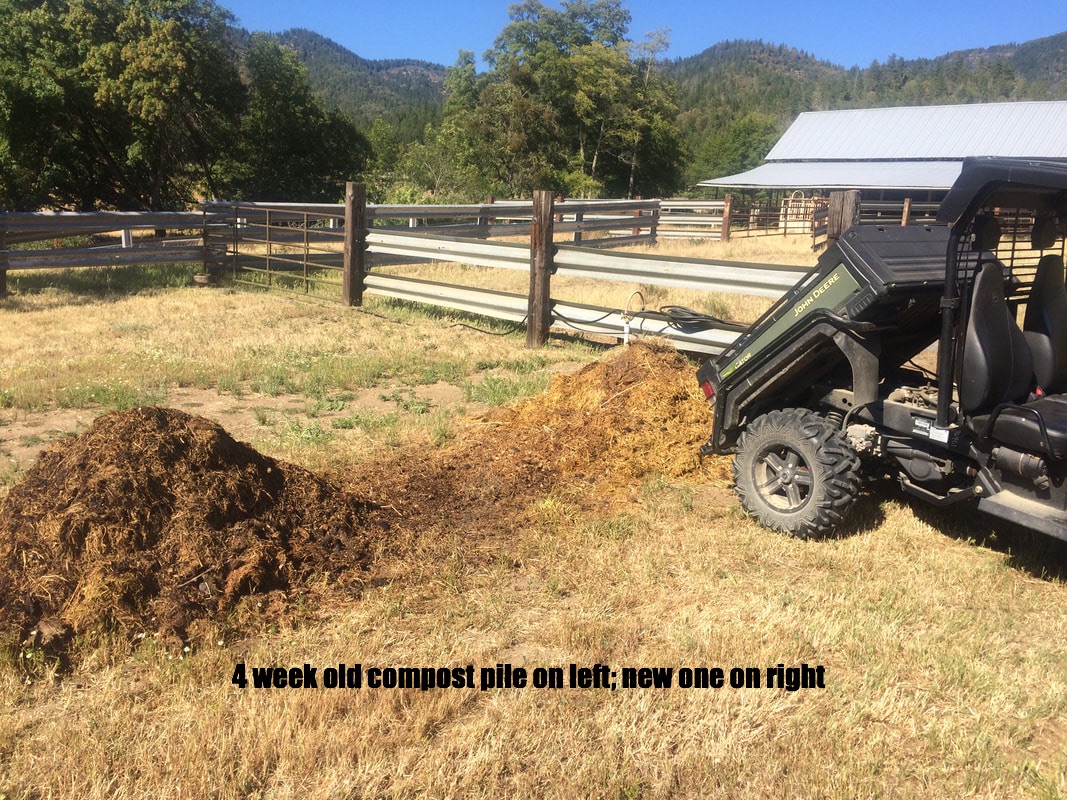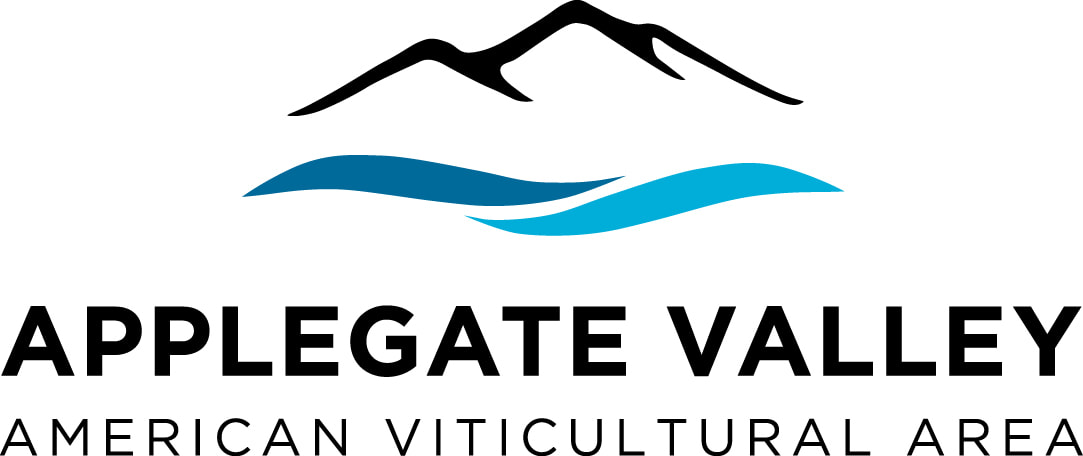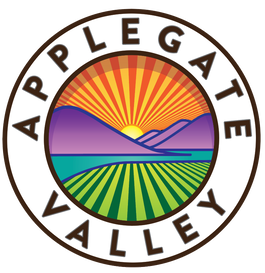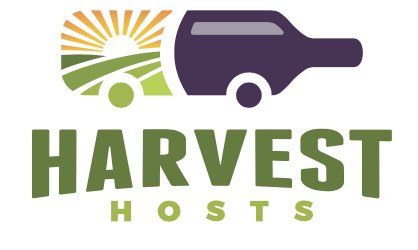|
I spoke with Sarah at the Demeter Association (the organization responsible for certifying biodynamic farms) a few weeks ago to learn more about the certification process. I came away with a better understanding of what's involved and about the next steps. Our farm is already certified sustainable under the LIVE (Low Input Viticulture & Enology) program, so we are well on our way. For the past year or so we have been farming organically, although not certified, which is a prerequisite for the biodynamic program. In addition, special biodynamic preparations must be applied to the vineyard a few times a year. Ideally these preparations are made on the farm but they can also be purchased. Other preparations are incorporated into compost which is the primary biodynamic fertilizer. We've learned a lot about making compost from our county extension classes--Debbie through the Master Gardener program and both of us through the Land Steward program. Time to get to work building our piles that will be spread into the vineyard next spring. We have an abundance of materials including kitchen scraps, yard waste, and manure with bedding from our chicken coop and sheep pen. We even have worm castings from our vermiculture bin. As a bonus this spring, we had some of the neighbor's cattle in the pasture for about eight weeks who left us with a lot of good material. The process of making the compost requires the piles to be turned, aerated, and watered every week or so. It's a good workout! Speaking of sheep, I let them into an area of recently dried out grass not knowing it was full of stickers (locally known as fox tails) and the sheep got covered with them. Debbie and I spent three hours trying to pick the stickers out of their wool. In desperation I made a call to sheep shearer John Slocum. Thankfully he was going to be in on our road the next day. He expertly sheared all five sheep in about two hours, removing their wool and most all of the stickers. The rest were easy to find and remove and the sheep are all ready for the summer ahead. An added benefit is that we are able to use the wool as mulch around some grape vines! In the vineyard our Tempranillo and Malbec vines are in the early stages of fruit set, meaning the young berries are just starting to swell. The plants are very healthy and are enjoying a moderate early summer. They are also responding well to the organic spray treatments they are receiving. Our second leaf Viognier and Petit Verdot plants have all been two-budded and are protected once again by grow tubes. Many of the plants have grown considerably; a small number, maybe 5%, will have to be replanted from cuttings next spring. And we are expecting delivery any day now of 2,000 new vines which will give us a total of six acres planted. The new vines are Merlot, Cabernet Franc, and Cabernet Suavignon, all from the Bordeaux family of grapes. In the winery we expect to start bottling this week with our 2017 Rock Tempranillo rosé up first. We are excited to get rosé back in the tasting room after selling out of the 2016 vintage rather quickly. This also looks to be our biggest bottling to date of about 900 cases, including our very first estate red Tempranillo. It's going to be a busy summer!
|
AuthorGreg is a retired engineer with a passion for wine and for caring for the land. Archives
July 2020
|
Our tasting room is open Fridays and Saturdays, 12:00 p.m. to 5:00 p.m., and by appointment other days and special events. Please use the MAKE APPOINTMENT button below to book online.
Please note, our permit does not allow minors on the premises.
755 Slagle Creek Road, Grants Pass, OR 97527
[email protected]; 541-414-8448
[email protected]; 541-414-8444
Professional Photography by David Gibb Photography and Steven Addington
[email protected]; 541-414-8448
[email protected]; 541-414-8444
Professional Photography by David Gibb Photography and Steven Addington








